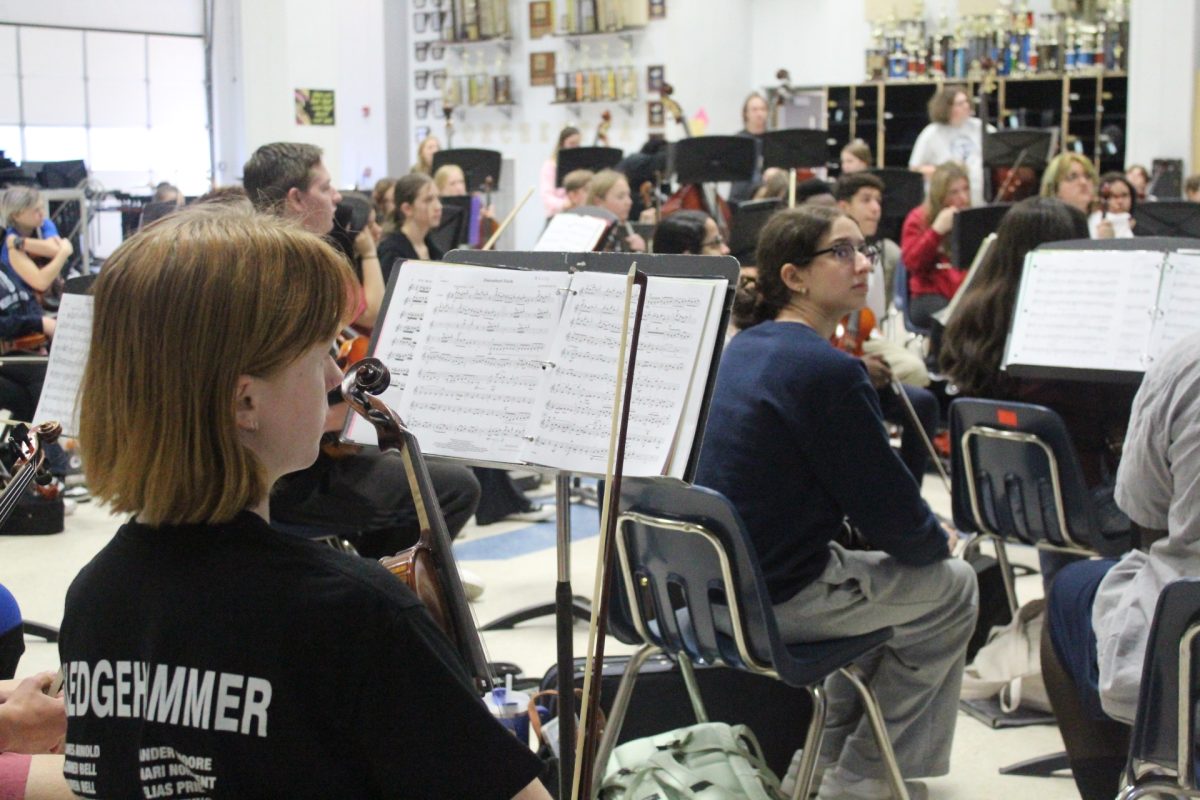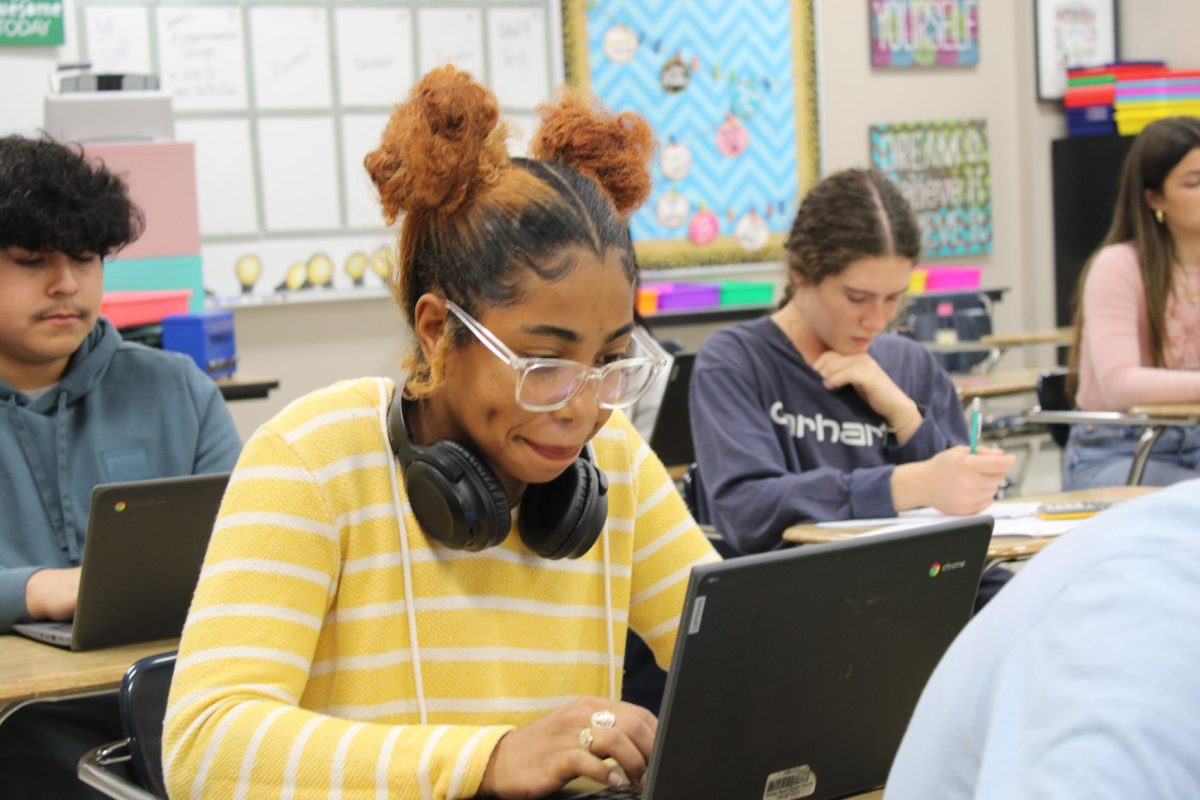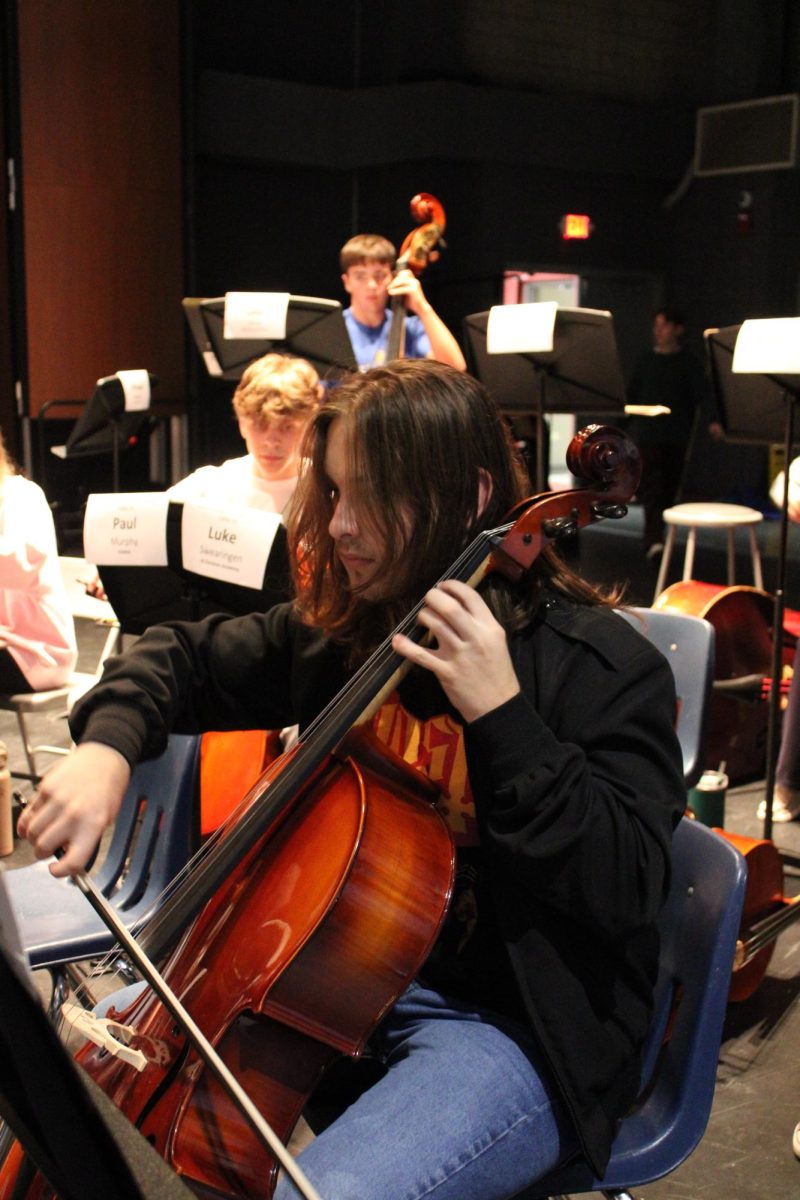Worldwide Education Differentiation
February 14, 2023
There’s 195 different countries in the world and education looks different in all of them. Education is accessible for almost everyone in the world except for women in Afghanistan where the Talibhan control the country and those whose families can’t afford for them to go to school and not be working in other countries. Luckily there are countless charities that work to make sure more and more children get the education they need to thrive.
But in many countries they have laws and legislation in place to create a solid education system. Focusing on a range of scoring countries, I’m going to take a deep dive into the US v.s China, UK, Japan, France, Singapore, Ireland, Canada, Finland, and Mali’s education systems.
China, there are around 291 million students enrolled in over 529,000 education institutes with China scoring 555 in reading, 591 in math, and 590 in science as of 2022. The scores are out of 1000 and China is one of the highest scoring countries. In China something different they do compared to Western Countries is classes tend to last longer around eight hours. They also have a morning warm-up and general line up in the yard, students then go to their classes and start morning self-study sessions.
Uk, had about 10.5 million students and 32,163 schools in 2021. In 2018 15 year olds in the Uk scored an average score of 504 compared to most 15 year olds who scored 487. Also the girls in the Uk scored 30 points higher than boys. Something unique about British schools is students are separated into numerous ability levels however their position can change throughout the year. Uk has had great success in their education systems and has produced countless high ranking education institutes.
Japan, something interesting about Japan is that school is year round and there are also optional classes on saturday. Japan’s scores for 2018 were 529 for science, 527 for math, and 504 for reading. Japan’s education systems have produced great scores making Japan one of the top countries in education.
France has a very interesting education system in French high schools. Their soul goal is to prepare for an all encompassing test that they take at the end of their senior year to receive their diplomas. The test is called Bac and students work every single year to be ready for the test. Their scores for math for 15 year olds in France average at 495. For science its 493 and for reading it’s 107.
Singapore, has recently been at the top of education charts with their great scores. Math at 564, Reading 549, and Science at 551. Some say that Singapore students are a couple years ahead of US students. It is currently leading in Science and Reading. Singapore’s education is known for being very intense. Many aspects of schooling there has been influenced by the British due to its tyes as an old colonie.
Ireland, coming with scores in reading at 518, math 500, and Science at 496. Ireland is also highly rated on the charts. In Ireland age 16 is the final year of compulsory post-primary education; it’s equivalent to grade 12 in the states. Similar to France, kids in Ireland also have a leaving certificate exam.
Canada, Scored above average similar to the previous countries with 520 reading, 512 in math, and 518 in science. A difference between US and Canadian schools is that French is a required language. This policy is similar to many other countries in other continents. In Canada they spend about 6% GPD higher on education than the average country.
Finland ranks 3rd in education. They’ve seen an increase since their latest scores in 2018 with reading at 520, math 507, and science 522. Surprisingly teachers in Finland spend less time at school and in their classrooms compared to US teachers. Students also have more opportunity for extracurriculars and outside play. They are also known to do less testing than other education systems.
Mali, On the lower scale Mali has a literacy rate for children 15 and older of 35%. Mali ranks at about 124th out 133 countries. With only 75% of children in Primary school and a dropping percentage of 42% for secondary school. In the past during the Empire of Mali they exceeded in education and were known for some great scholars but present day they have fallen immensely. The low scores mainly have to do with poverty, gender inequality, location, and just general quality of education.
Compared to all the other countries the US ranks at 22 on the pisa scale. The United States is slowly falling behind and something needs to change to push us back towards the top.
























